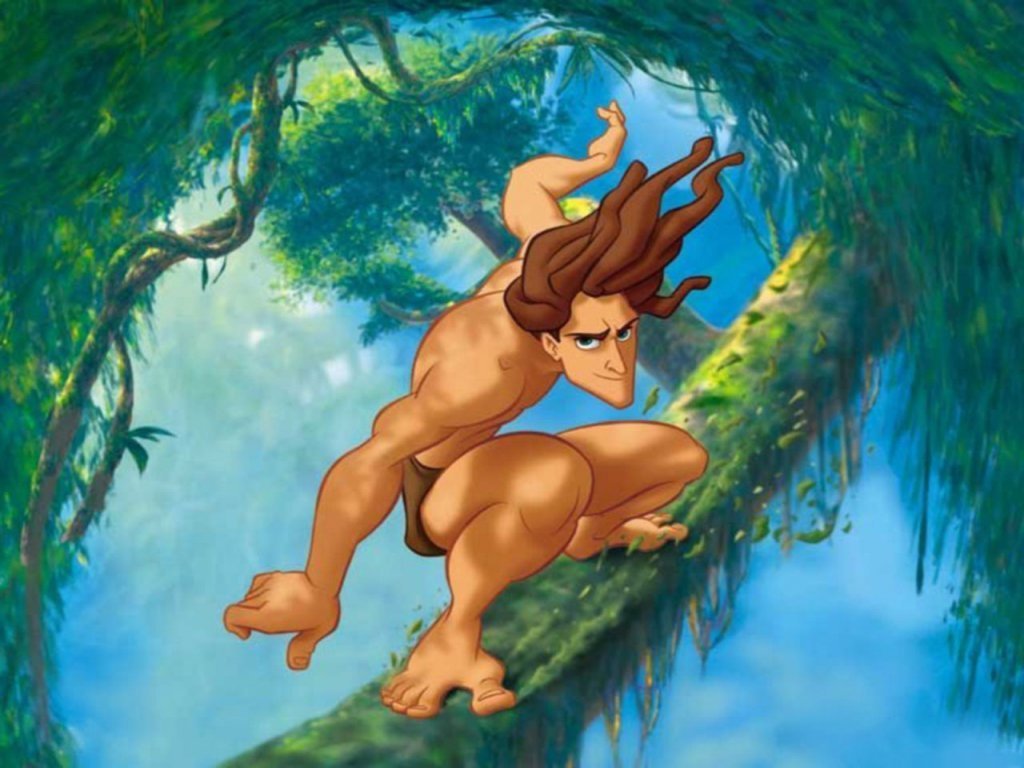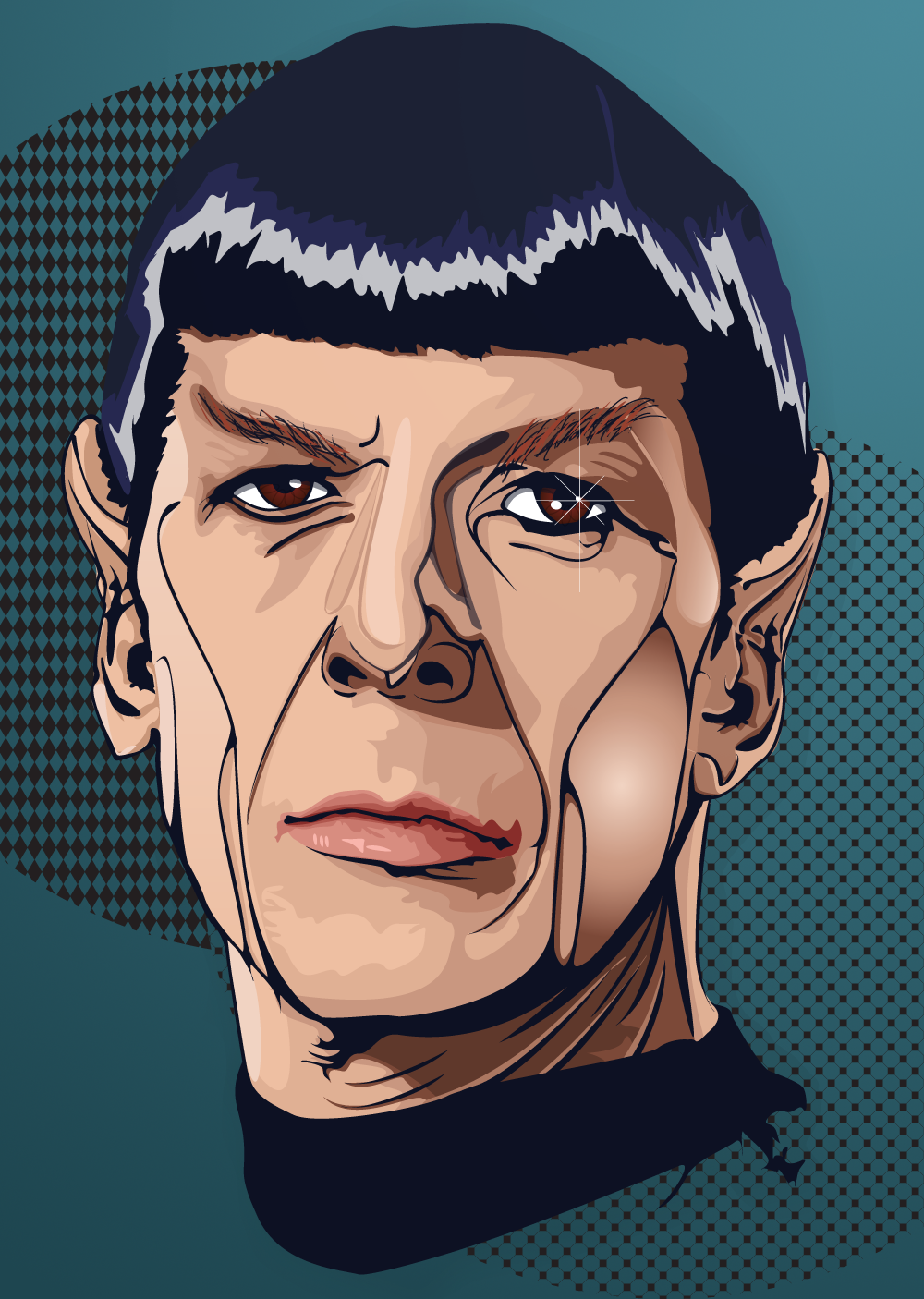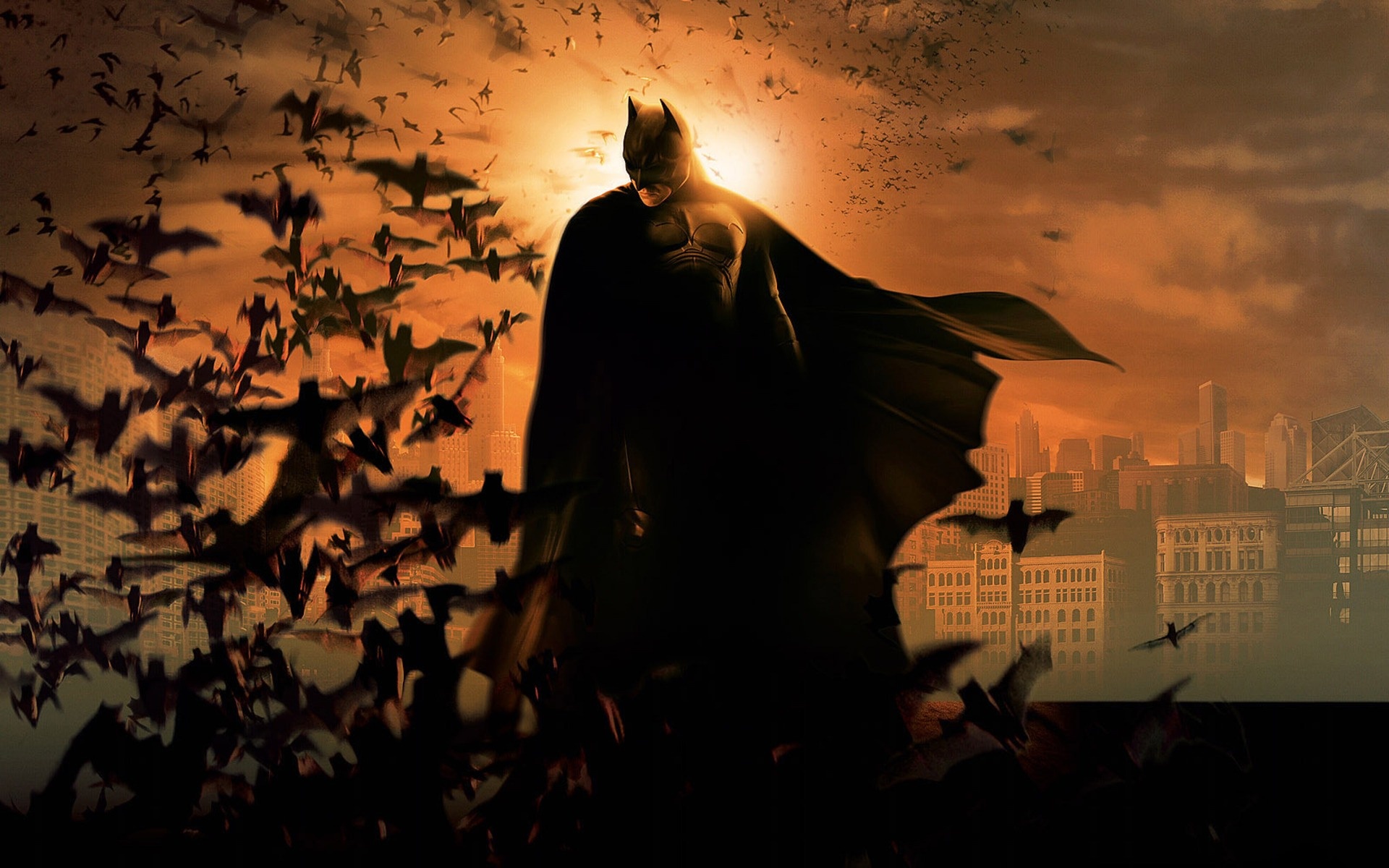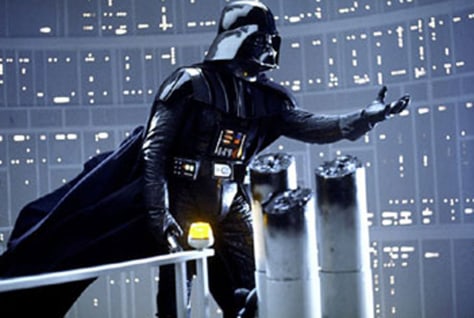 |
| via Paltry Meanderings |
Debuted in MASH: A Novel About Three Army Doctors (1968)
After more than a decade of Alan Alda's portrayal in the classic sitcom, it might need reminding that "Hawkeye" didn't even debut in the 1970 movie (played by Donald Sutherland), but in the pages of the Richard Hooker book. Thanks to the show, however, the character became arguably the iconic voice of 20th century war weariness, although equally an anti-authoritarian prankster and womanizer. Since Alda, it's become difficult to think of the good doctor in any other context, but the history alone has primed the character for further exploits, perhaps even centered squarely on him (which has already happened for his pal "Trapper" John, by the way). As the obvious leader of an ensemble, he always stood out anyway, and would likely do so all over again should he remain in that context.
 |
| via Comic Vine |
Debuted in: True Grit (1968)
After the Coens adapted the book a second time, everyone had a chance to remember that this character debuted in a novel by Charles Portis, not the John Wayne film adaptation from a year later. Yet the Civil War veteran's significance in Wayne's own history stands tall, not just for the fact that it earned him his Oscar, but remains one of the few names of any character fans will be able to remember with little effort, a fact that helped lead to a rare sequel, the eponymous 1975 film. That helps distinguish Cogburn as the most iconic fictional cowboy of the 20th century, when the archetype experienced a renaissance. But it may perhaps be more notable still that the focus isn't even on Cogburn himself, but the young girl he helps find justice.
 |
| via Entertainment Weekly |
Debuted in: The Terminator (1984)
The biggest surprise of the testosterone-heavy '80s action movies era is that its biggest icon is a woman, the mother of the hero. Sarah Connor's significance increased still more in the sequel, Judgment Day, when she has to prove she isn't crazy (a theme shared by many fictional female icons, including one on this list, and Ellen Ripley), and the later Sarah Connor Chronicles TV series. Before her son John could grow up to defeat the robotic uprising, Sarah not only had to survive attempts on her own life, but protect them both in further harrowing attacks from the future. Oh, and make time to romance the guy who happens to be the father. But you don't see him getting his own TV show, do you?
 |
| via Empire Online |
Debuted in: Red Dragon (1981)
"Hannibal the Cannibal" is a true 20th century monster, who needed only a handful of minutes of portrayal by Anthony Hopkins in the 1991 film Silence of the Lambs to become ingrained in popular culture. The creation of novelist Thomas Harris, who wrote four books, all of them adapted into film, based on the character, Lecter debuted onscreen in the 1986 thriller Manhunter, later remade after its namesake, Red Dragon. Recently revived all over again for television, Lecter's strange combination of cultural refinement and abject sadism is a stark update of the monster archetype, a symbol of the continuing obsession with serial killers, and is perhaps assured greater longevity in his original form than either "Hawkeye" Pierce or Rooster Cogburn, proving all over again the endurance of the written word.
 |
| via Oz and Ends |
Debuted in: The Wonderful Wizard of Oz (1900)
The lost little Kansas girl who introduced us to Oz is the oldest character on the list, the L. Frank Baum whose legacy grew substantially with the huge success of Judy Garland's portrayal in 1939's film adaptation, which wasn't even, in fact not nearly, the first such attempt. Dorothy appears in thirteen of Baum's original fourteen novels, not always as the lead. She made a return to the big screen in 1985's Return to Oz, which was controversial in the sense that she was no longer portrayed by Garland, she didn't sing, and yes, like Sarah Connor later, had ended up being considered crazy. Zooey Deschanel plays a contemporary version of Dorothy, "D.G.," in the 2007 TV miniseries Tin Man. A classic literary orphan figure, Dorothy's defeat of the Wicked Witch has lately begun to be overshadowed by the Wicked Witch herself, starting with Gregory Maguire's 1995 book Wicked, whose popularity increased when it was adapted to stage. For now, however, Dorothy remains the most popular Oz figure.
 |
| via Genius |
Debuted in: Tarzan of the Apes (1912)
Edgar Rice Burroughs first published Tarzan's debut in the pulp All-Story Magazine, then two years later on its own. Hollywood quickly and wildly embraced the character, a prototypical civilized man in an uncivilized world. A number of TV adaptations have also appeared, and among recent film appearances are 1984's live action Greystoke and Disney's animated version. It's worth noting that comic books have any number of characters inspired by Tarzan, from Ka-Zar to Sheena to Kraven the Hunter.
 |
| via Hollywood Reporter |
Debuted in: All-Story Weekly #2 (1919)
Another icon to emerge from the pulps is Johnston McCulley's creation, who like Tarzan has long been a favorite of Hollywood. A direct precursor to the idea of the superhero, much like the earlier Scarlet Pimpernel, Zorro is as much known for his mask as the man beneath it, an aristocrat who scoffs at the vigilante's adventures in his personal time. Clearly an inspiration for another character on the list, and in fact some versions literally an element of their origin, Zorro continues to be revived periodically, recently in the pages of comic books, which have curiously tended to leave him behind. Also of note is Isabel Allende's 2005 fictional revival, which took the character in more of a literary direction.
3. Spock
 |
| via The Plumber 702 |
Debuted in: "Where No Man Has Gone Before" (1966)
The lone holdover between the two pilots commissioned for the original Star Trek ("The Cage" was later spliced into the two-part "The Menagerie"), Spock is the iconic alien of the 20th century, and he looks very much human, doesn't he? A true representation of both our fears and hopes in that regard, Spock is a much-cherished colleague and friend who nonetheless still encounters xenophobic hostility. His cultural norms, and the ways he practices them, set Spock apart as much as his pointed ears. Spock quickly leaped ahead of Kirk, the intended lead character of what would become a whole franchise, a point emphasized in the 2009 reboot when the only returning actor, Leonard Nimoy, appeared alongside his successor in the role.
 |
| via Alpha Coders |
Debuted in: Detective Comics #27 (1939)
In a century dominated by superheroes, which is a phenomenon we see continue at the movies today, there remains none more iconic than Batman, created by Bill Finger and Bob Kane, a character that has weathered numerous interpretations, from the self-deprecating Adam West portrayal in the 1960s TV series to the brooding Christopher Nolan cinematic vision epitomized by 2008's The Dark Knight, as well as a constant surge of comic books from such creators as Alan Moore, Frank Miller, and Grant Morrison, all of whom converged in the late '80s to explore his past, present, and even future.
Debuted in: Star Wars (1977)
It's rare that the villain so decisively outshines the hero, but that's exactly what Darth Vader did from the start. In George Lucas's original vision, Vader as he's known now is nowhere to be found, but his screen debut proved immediately compelling, and the twist ending of The Empire Strikes Back created the opportunity to change the saga forever, which is what happened in a separate series of films as Anakin Skywalker's transformation from naive recruit to tragic figure and finally villain is explored in detail. A new kind of fictional icon that forever changed the landscape around him, Vader's is the story of a true antihero, whose improbable redemption comes in the form of a son who refuses to give up on him.

8 comments:
You have Batman but not Superman?
I do like the list.
@ Pat it's because "HE'S BATMAN!"
Indeed, David, indeed.
Interesting list. I love that you've included Hawkeye Pierce - greatest character in the history of television, in my opinion.
No books-only characters, I take it? Otherwise, Holden Caulfield would be at the top of my own list.
I wanted to keep it confined to characters who'd translated to other mediums. Holden has stubbornly remained untranslatable. It's conceivable that in time his place in the classroom could vanish. And with some books, once you leave the classroom, you're kind of gone forever...
I love Catcher for the fact that it could never translate to film - a triumph for the printed page.
Except I don't ken to the idea of being literally untranslatable. The brilliant film version of Tristram Shandy, for example. The problem with Holden is finding an actor good enough to pull him off.
I know you don't but I disagree. I think there's something cool about a book that could only ever be a book. It's not an acting problem to me. Very little actually happens in Catcher. Much of the text is just Holden's internal monologue - hard to film. Also translating all of that beautiful language to mere images would diminish the story's power.
Post a Comment